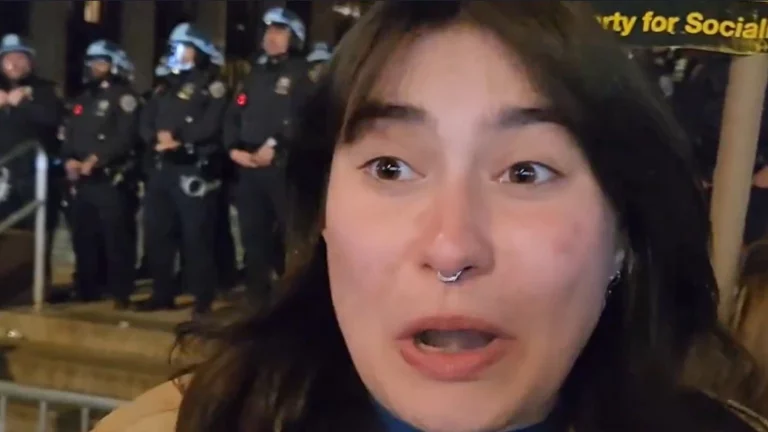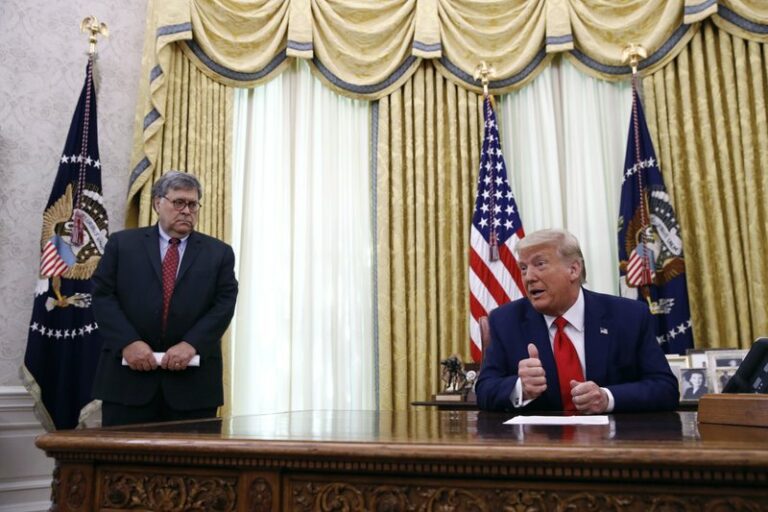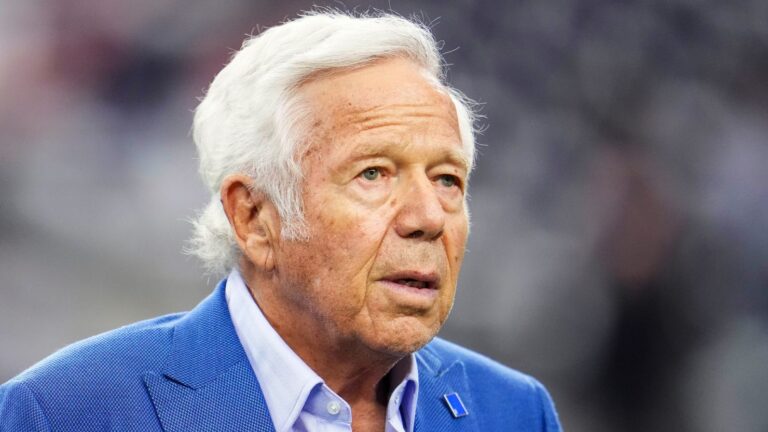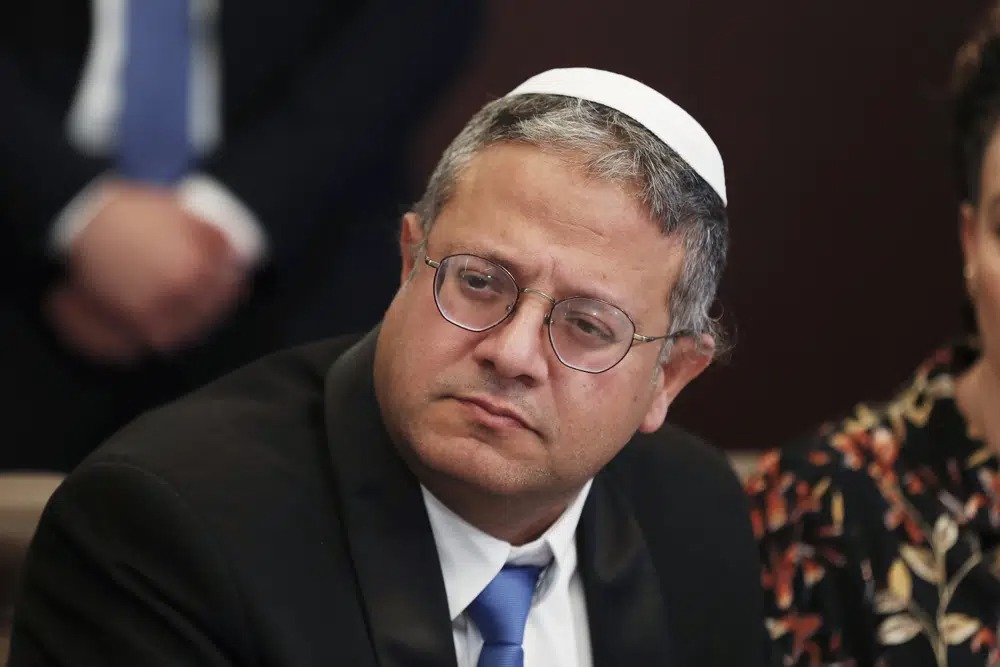 Only about 100 meters separates the Oasis de Salvacion Angelical Church, downtown New Jersey City and the area’s busies Sunni mosque. While they represent different communities entirely, they have something in common, each represents that which used to be part and parcel of the area’s Jewish community, which included 14 shuls, community centers, tzedaka institutions and of course, kosher food stores.
Only about 100 meters separates the Oasis de Salvacion Angelical Church, downtown New Jersey City and the area’s busies Sunni mosque. While they represent different communities entirely, they have something in common, each represents that which used to be part and parcel of the area’s Jewish community, which included 14 shuls, community centers, tzedaka institutions and of course, kosher food stores.
Less than a five minute walk separates the mosque and the church, a modest street which tell the story, the story that is mimicked in hundreds of cities around the United States. “In the 1930s, Placid Blvd. was called Palestine Blvd. because of the large Jewish population” explains Rabbi Shlomo Marks, the rabbi of Congregation Mt. Sinai, one of two remaining frum shuls in the area.
During recent years, Marks has been working to revitalize the community. During the Yomim Nora’im several dozen mispalalim attended shul. On a regular shabbos, they barely scrape together a minyan. This was not always the case as photos taken years ago bear witness. A 1927 photo depicts dozens of men dressed in suits, wearing the then-stylish cylindrical top hats. About 200 meters (yards) away, Congregation Talmud Torah once stood but the shul’s decline already began in the 1960s.
The building was sold to a private investor who developed it, turning the shul into an apartment building. If one gaze’s upward near the roof, the engraving of the Ten Commandments is still visible on the structures facade, a monument to the Jewish community that has vanished. Rabbi Marks explains the Jews moved to the suburbs in search of a better life. They wanted larger homes, better schools and a backyard.
In essence, this is a good story, the kind we like to hear, a move towards an improved life, but sadly, as the suburbs blossomed, there were fewer and fewer Jews. “The move to the suburbs led to the advancement of the Conservative Movement,” explains the rabbi. The homes were spread out, separated from one another and the shul was far away, too far to walk. “The rabbis had no alternative but to permit using one’s car to get to shul” he adds.
Rabbi Marks goes on to explain that a number of studies today show that in the Conservative community, intermarriage is as high as 40%.
“I tried saving the Bnei Yisrael Shul, today a mosque” explains a veteran area resident, Arthur Goldberg. He lives in Jersey City his entire life, seeing it at its best. He refused to leave when the decline became reality. Even when his brother moved to the suburbs he remained in the area. When he learned the shul’s rabbi was about to sell, he got a number of people together to make an offer, seeking to save the building.
“He refused to even enter into negotiations. He viewed us as goyim” he adds. “For him, we simply were not frum enough. When Chabad offered to take the building, he refused as well. They were not his type. Eventually he had to sell but even then, he was certain not to sell it to people who were different, not subscribers to his type of frum.
Goldberg even organized a protest at the height of the opposition, but to no avail and today, the former shul serves as one of the area’s busiest mosques.
According to the city registrar, the building transferred ownership to the mosque in January 2000, it sold for $900,000. About a half year earlier, an organization calling itself the Yeshiva Ketana of Passaic tried to buy the building for $487,000.
The eventual buyer, Robert Donnel, tried to convert the property to a catering hall. He however sold it a few months later, turning the deal of his life, selling it to the mosque for a cool $400,000 profit. It was a simple real estate deal, all about money. This is just one example, and there are many others, shuls that are now apartment buildings, mosques and churches.
“There was nothing missing” Mr. Goldberg recalls. “Hadassah was very active, as was Bnei Brith, Jewish War Veterans and others. The Zionist Organization of America, chessed organizations for Jews. There was a program taking place in the community every night”.
“As a young man, I recall we met every Tuesday evening in the community center, searching for our bashert. There was lots of music, refreshments and entertainment. Nothing was missing. It was a modern Orthodox community made up of lawyers, businessmen and doctors. It was not a chareidi community and therefore, the social activities were critical to maintain our Jewish identity”.
Today, it is evident that there is not a trace of the organizations. During recent years, Jersey City realized another growth, a location that not too long ago was viewed as a ghost town today is a vibrant location with a robust nightlife, boasting high-end restaurants, pubs, clubs and fashionable stores. Housing prices have taking a sharp turn for the better, increasing hundreds of percent. An average one room abode today will pull $350,000. Two bedrooms will pull in $500,000. Included in the thousands of young couple who today call Jersey City home there is more than a small number of Jews. The turnover has made it difficult to record an exact number but the Jewish population is estimated at 5,000-8,000.
About six months ago, Rabbi Marks affixed an eruv pole around his shul, the first in the city’s history. He is hoping it will bring traditional Jews back to shul. He is however aware of the fact that for most of the thousands of Jews in the city, the Jewish connection is minimal, if at all, but this is a problem that extends far and wide, well past the modest borders of Jersey City.
The results of a comprehensive study conducted by ‘Identification Survey’ were published six months ago, pointing to a sharp decline in the number of Jews living in the United States, recorded to be 1.8% in 1990, down to 1.2% today. In numbers this represents 1.5 million Jews. Jewish community leaders naturally release different more optimistic numbers, some pointing at 2% of the US population. There are of course those who view themselves as Jews, culturally perhaps, but halacha says otherwise.
“In short, if you are a secular Jew in the United States, without a connection to yiddishkeit” says Rabbi Marks, “you are a small step away from assimilation. This is not the story of Jersey City, but the saga of the American Jewry”.
(Based on a report appearing in the Hebrew Maariv – Yechiel Spira)






4 Responses
Can someone please tell me where “New Jersey City” is? I know NJ quite well & no such city exists!
First of all Jersey City is a city in Hudson County, New Jersey, United States. I also know someone who used to live in Jersey City and they owned a shul and when they were selling the shul they put in the contract that they could not sell it to a church or mosque, but obviously they didn’t listen
This is such a non story since most religious institutions in Jersey City are struggling. Yes it is sad to see the decline of the city and sad to see people move away.
R’ Aharon Kotler was right, and the American Rabbinate was wrong. While they contended that shul functions etc… would keep people connected to yiddishkeit, R’ Aharon knew that only infusing a torah lifestlye would prevail in America.
Charedi people don’t have intermarraige problems. Neither do modern orthodox- but what happens to the next generation that is more modern and so on?
That’s why these shuls dissapeared througout the country. Looking for a vibrant jewish community, look to one with yeshivos and kollels.